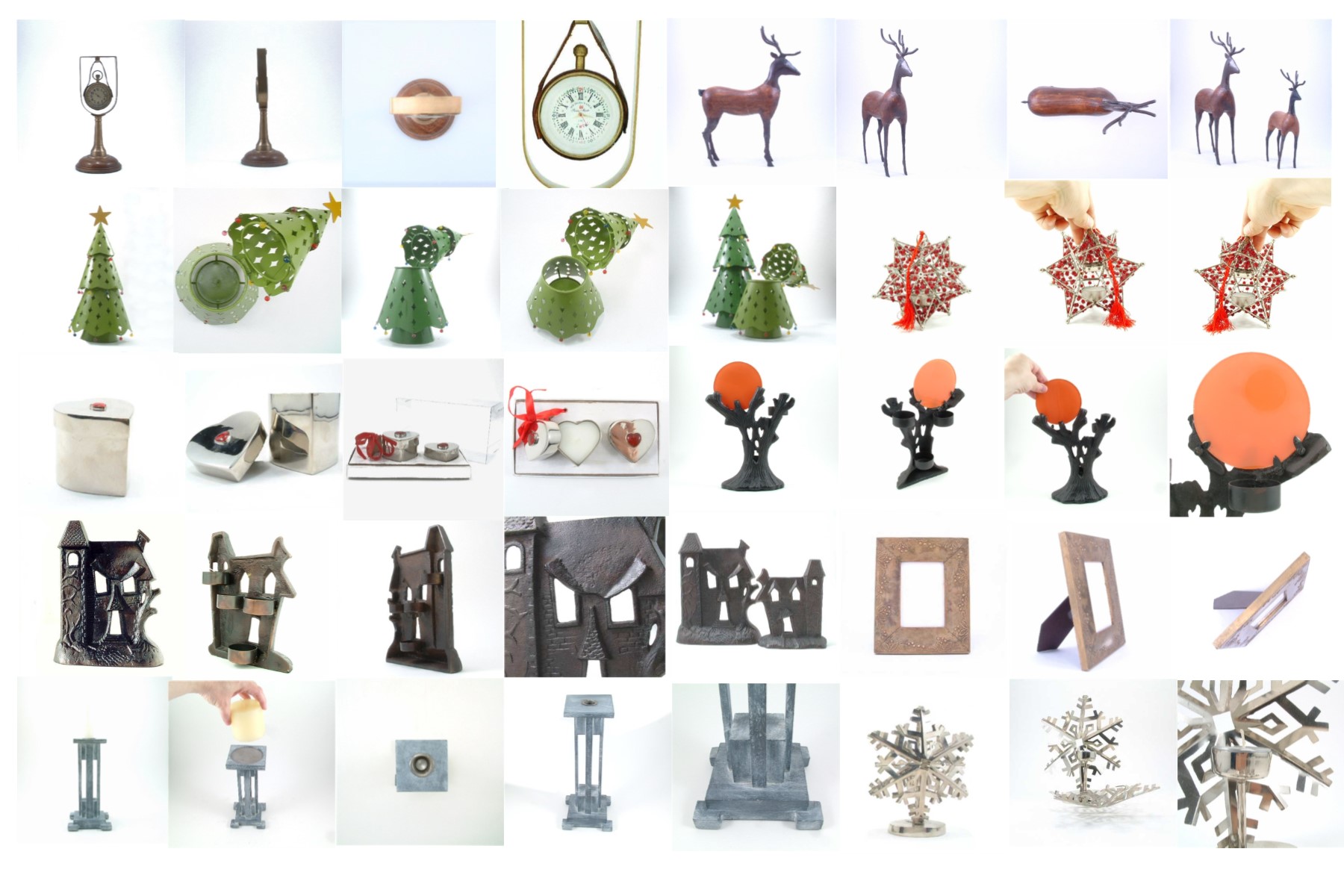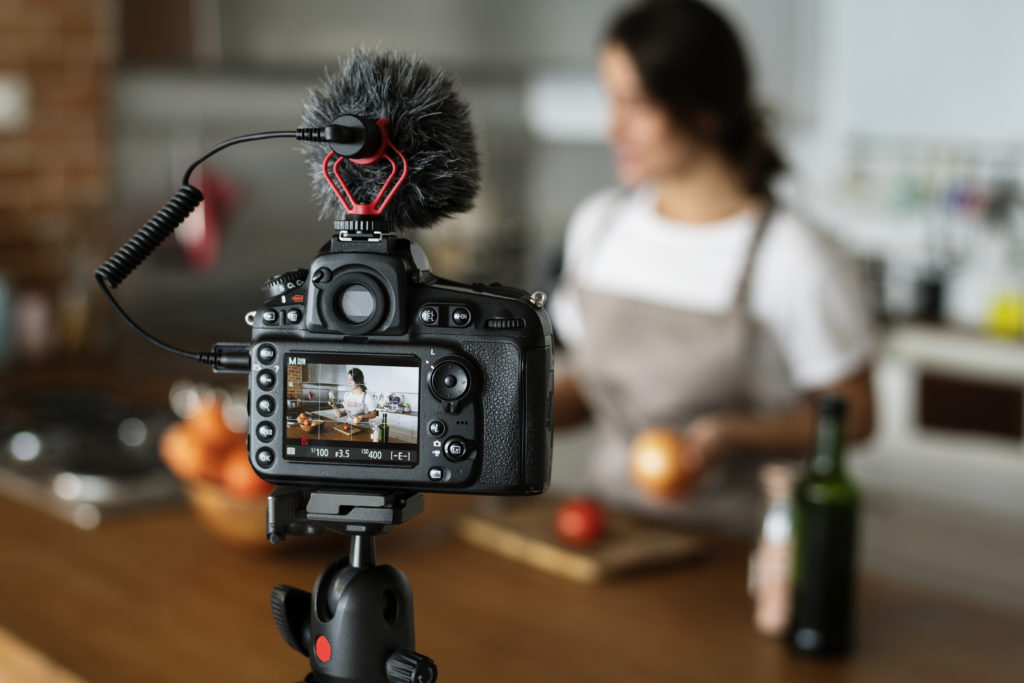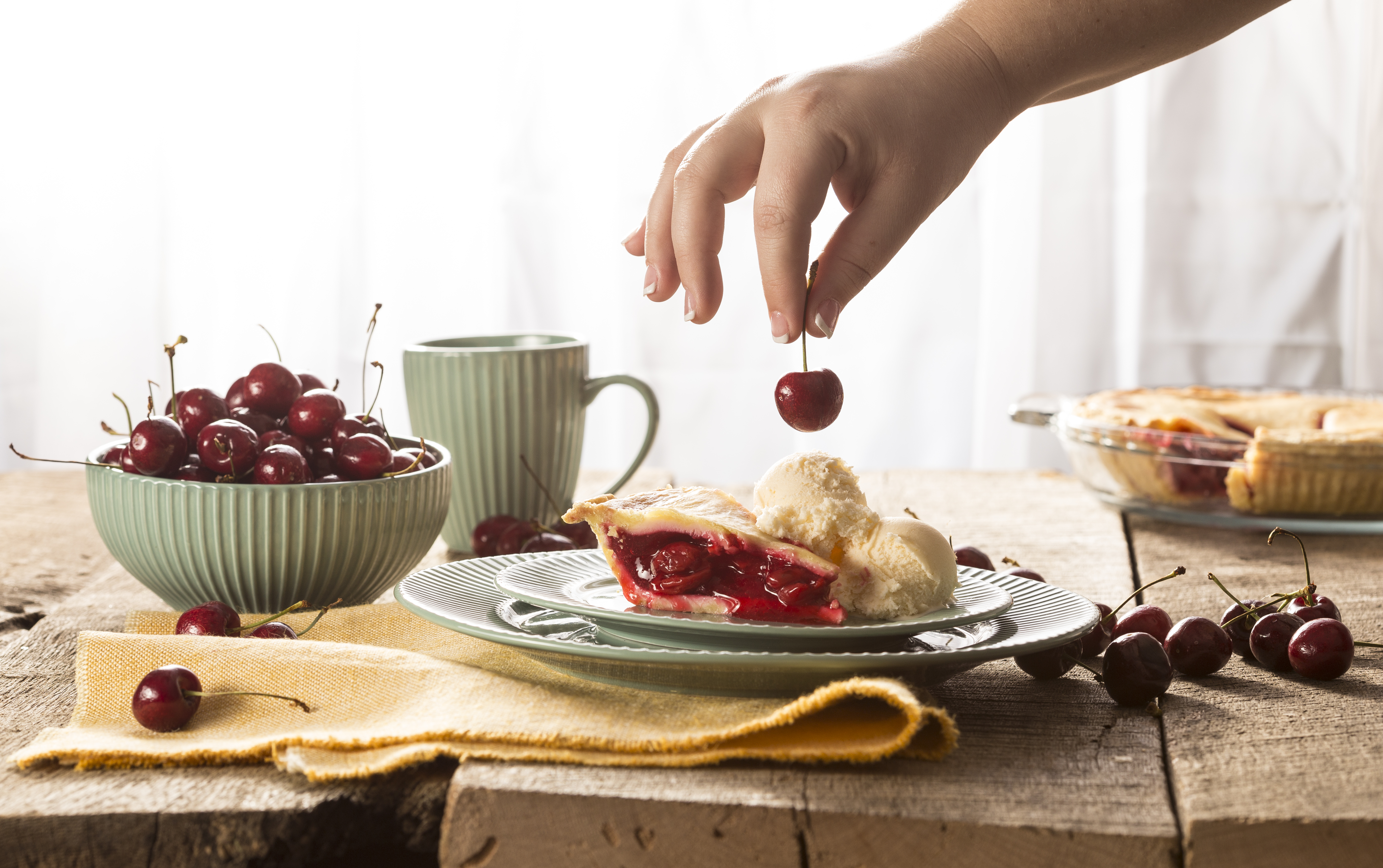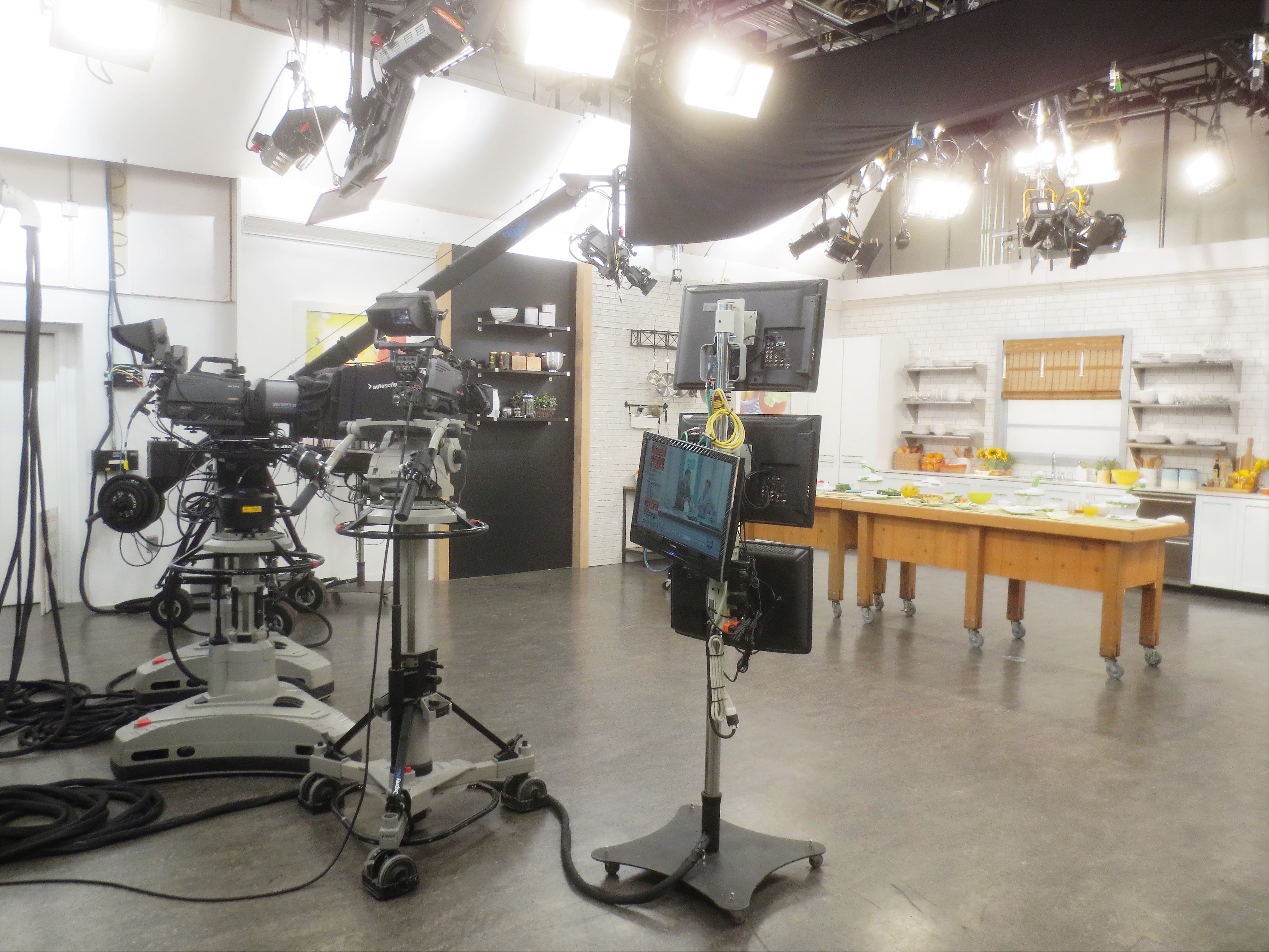Seeing is Believing: The Escalating Demand for Visual Content in Digital Marketing
 Consumers increasingly demand more and more visual content including lifestyle shots, 360 rotations, and video to convert to a customer and many marketing departments don’t have the capacity for it or budget for it.
Consumers increasingly demand more and more visual content including lifestyle shots, 360 rotations, and video to convert to a customer and many marketing departments don’t have the capacity for it or budget for it.
With the number of national brands in brick-and-mortar retail shrinking in the expansion of retailer private label brands, many thought the need for product and packaging photographers might have decreased as well. That has been far from the case. The world is becoming a more and more visual place and it’s a big boon for photographers and videographers. As the visual needs for e-commerce and social media marketing have turned out to be even more extensive and critical the opportunities and the workload of both the in-house and independent photography resources in the consumer products industry have exploded
Recruiting firms have been seeing this trend in the requests they receive from their clients. Zack Pinsky of Philadelphia-based Genesis Search Group, a leading search firm in the Houseware’s Industry says, “Our firm has seen a major increase in the product photography and videography space. With the shift away from brick & mortar retailers, many of our clients have looked to bring these functions in-house. Previously these roles were handled by external agencies, but as eCommerce has grown, the importance of accurate and appealing product imagery has risen accordingly.”

Typical four-view suites of images no longer cut it to convert a customer. This means an escalating demand for more and more photography and video and increased budgets to fund them.
One of the leading trends driving this increase in the need for visuals is that as the digital playing field becomes more and more crowded online shoppers now expect a far greater number of visuals than before to answer as many of the questions and remove as many of the barriers as possible to commit on the spot. A/B Testing conducted by a shoe retailer showed that item pages which failed to show the back of a shoe had a significantly lower conversion rate than listings that showed the back of the shoe regardless of how numerous and how good the other images were. Imagery that served to satisfy the question of whether the back of a shoe was likely to dig into her heal proved to be critical to deciding to buy online.
Moreover, images which show products solving problems that relate to consumers’ specific circumstances have raised the bar not only on the number of images but the quality of thought behind them. In my role as VP of Product and Branding for a major dinnerware brand, I sought out data about the micro-moments at play in the use of a popular dinnerware item, the dinner bowl. Data indicating what all was going on at the moment of the use of the product indicated the consumer was likely to be checking messages on her phone and watching and watching a movie on streaming service while having dinner. We shifted our photography from a tabletop lifestyle shot to one that brought that moment to life.

It’s critical to capture consumer’s ‘micro-moments’ in depicting product online which may now require more investment in sets, models and styling than before. Data describing that consumers were eating somewhere besides a table watching Netflix and checking their Instagram accounts led to a new approach for depicting product for online merchandising. Photo Courtesy Jenny Faye Klooster, Hella Nashville.
“Before we were doing primarily package photography and then the basic white box shots,” Says Jenny Faye Klooster former director of the photography studio at a major dinnerware and houseware’s importer where she helped them expand from a packaging photography studio to a lifestyle and video resource. “Now it’s a much larger suite of images certainly requiring a lifestyle shot and now often video clips and even models,” Klooster adds. Analytics bear that out. In one case study, 37Signals found that including an image of a smiling customer on their landing page resulted in a 102.5% increase in conversions. Cisco projects that global internet traffic from videos will make up 82% of all consumer internet traffic by 2021 (Source).

The amount of and quality of visual content required to convert customers to purchase is increasing rapidly
Product photography matters so much that a study carried out by MDG Advertising found 67% of online shoppers rated high-quality images as being “very important” to their purchase decision over “product specific information,” “long descriptions,” and even “reviews.” You see, according to a study made by BigCommerce, 78% of online shoppers want photographs to bring products to life. Shoppers want to see a product as if it was part of their lives. Popular digital brands like Buzzfeed’s Tasty and Goodful brands also have consumers expecting to see products in use. Major online-only retailers, as well as retailer’s own sites, relate jaw-dropping data showing how the inclusion of more photography at every level of the marketing funnel really pays off. More often than not retailers look to provide all of those visuals. Most retailer’s online photography standards manuals have required at least four views of any product for years but that number is increasing as the analytics have demonstrated significantly higher conversion rates for product listings that go beyond the basic required views.
2018 saw the percentage of marketing spend for many industries tip to 50% or more on digital marketing. Still, the budget breakdowns for most of those digital marketing budgets are more reflective of Adword bids, social media ads, and other paid media. The rapid change in the amount of and type of visual content that customers expect for making a purchase is requiring many marketing departments to re-evaluate the proportion of their marketing expenses allotted for visual content generation forcing them, in many instances, to look in different places for the funding. According to annual surveys conducted by the Content Marketing Institute (p13), Approximately 80% of B2C marketers plan to produce more content in year over year, regardless of their organization’s effectiveness, size, documentation of content marketing strategy and editorial mission, clarity around success, or communication frequency. The vast majority of both the proportion of marketing funds and proportion and funding amount of overall content generation is going to the creation of visual content.
“A lot of the photography budget that was once done for trade press ads is now going to lifestyle shots for their retail partner’s brand landing pages, product pages their own social media accounts.” Says Klooster who now runs the visual content company Hella Nashville. “Whether it’s a dinnerware set in the housewares industry or an amplifier or mixing board for the music industry the bar has definitely been raised on the amount of and quality level of visual imagery it takes to capture the customer. We’re here to provide all of those images and are often called upon for uploading and posting services to help our customers keep up with that demand” Some housewares manufacturers have gone as far as building out full-blown kitchen photo sets used for shooting product demonstration videos.
Veteran consumer products photographer Norman Fong agrees. “As our customer’s internal visual content studios have been stretched to the max we’ve been asked to do a lot more,” Fong says. What was once a straightforward packaging shot project is sometimes turning into a suite of 8 or 9 images that might include multiple set constructions that all have to be shot in the short period of time we have the samples in our possession.
The hunger for more and more visual content is not only driven by conversion rate metrics for merchandise itself but by branding. A study done by the University of Southern California has shown that consumers perceive the same personality characteristics they find in brands as they do with their friends. This means that consumers humanize the brand as if it were a friend or acquaintance. As hundreds of new brands are originating and emerging from the digital space thousands of more brands are finding that they’re starting nearly from scratch as their brands move from brick and mortar to the digital platform. In that move, they’re all encountering that this humanization requires them to provide nearly the level of visual engagement that consumers expect to have with their personal friends on social media.

Although lifestyle photography has been increasingly important for some time now shots which include interaction with the product are getting higher conversion rates. Photo: Jenny Faye Klooster, Hella Nashville
Projecting a consistent brand voice can also be a challenge where lifestyle imagery comes in. Manufacturers, brands, and retailers find themselves calling in re-enforcements to keep up with the visual content demand. Both Klooster and Fong agree. They are finding that customers are increasingly sending them “Brand Approved” surfaces or props to use for shots so that their work is indistinguishable from all resources as the workload gets spread out among disconnected sources just to keep up with demand.
DeWitt (Dewey) Kendall is a consumer hardgoods product development expert with an extensive background in developing a product specifically for omni-chanel marketing companies in the gift, decor, tabletop and housewares industries. Dewitt is the author of the article ‘Under my Thumb: A Guide to Developing Product that Consumers Understand in Thumbnail Images’ and the tabletop and entertaining blog www.tabletimes.com.

Visual content needs for digital marketing may eventually reach the level of direct selling channels.
